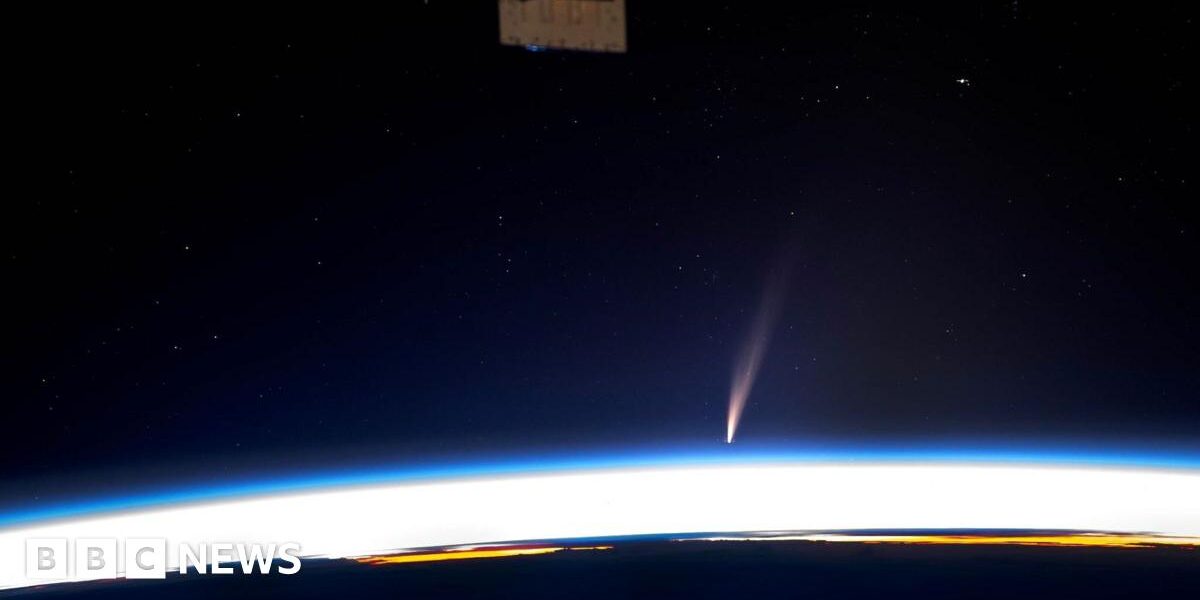The comet was spotted last year by Nasa’s Asteroid Terrestrial-impact Last Alert System.
Dr Shyam Balaji, researcher in astroparticle physics and cosmology at King’s College London, said “current orbital calculations indicate it will pass about 8.3 million miles from the Sun”, which classifies it as a “sun-skirting” comet.
The university described the comet as a once-in-160,000-years event.
Dr Balaji said opportunities to spot the comet may occur “in the days around perihelion, depending on local conditions and the comet’s behaviour”.
“As with all comets, its visibility and brightness can be unpredictable,” he added.
Mr Balaji said people who live in the southern hemisphere – where the comet is predicted to be best observed from – should “look toward the eastern horizon before sunrise, [and] after perihelion, try the western horizon after sunset.”
But Mr Balaji added that while it is expected to be “quite bright”, predictions on comet brightness are “notoriously uncertain”, with many ending up fainter than initially predicted.
For the northern hemisphere – including the UK – viewing may be challenging do to the comet’s relativity to the Sun.
You can check with BBC Weather online to see if the skies are clear enough for a possible sighting where you are.





